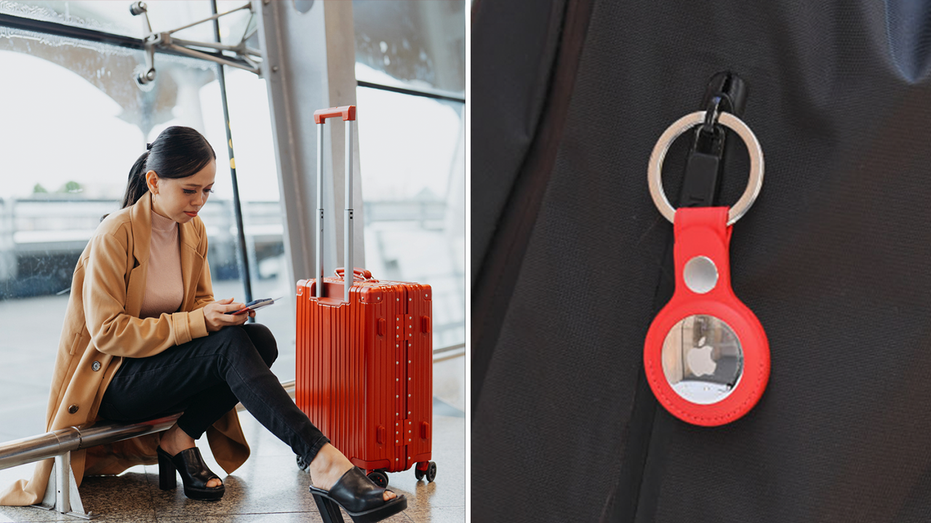Tuesday, August 20, 2024 In a remarkable discovery, a 22-year-old archaeology student in Denmark unearthed a rare hoard of Viking treasures, including ancient silver bracelets, near the city of Aarhus earlier this year. The find, announced by the Moesgaard Museum on Monday, offers significant insights into the expansive trade networks and cultural exchanges of the Viking era. The treasure trove, dating back to the ninth century, consists of intricately designed silver bracelets, some of which were inspired by models from regions now known as Russia and Ukraine, while others bear the hallmarks of Scandinavian craftsmanship.
These Scandinavian designs later influenced the creation of similar bangles in Ireland, demonstrating the far-reaching impact of Viking culture. Kasper Andersen, a historian at the Moesgaard Museum, emphasized the importance of the discovery, noting how it highlights Aarhus’s historical connections to both Eastern and Western regions. “These are early specimens, and it helps us understand better how the Vikings in this part of Scandinavia operated in a global world, from western Asia to the North Atlantic,” Andersen told AFP.
At the height of their influence, Viking trading networks extended from the icy shores of Greenland and the fringes of North America to Türkiye and Central Asia. The discovery of this hoard near Aarhus, Denmark’s second-largest city, sheds light on the city’s role within these vast networks. “It’s the first time we have.

















